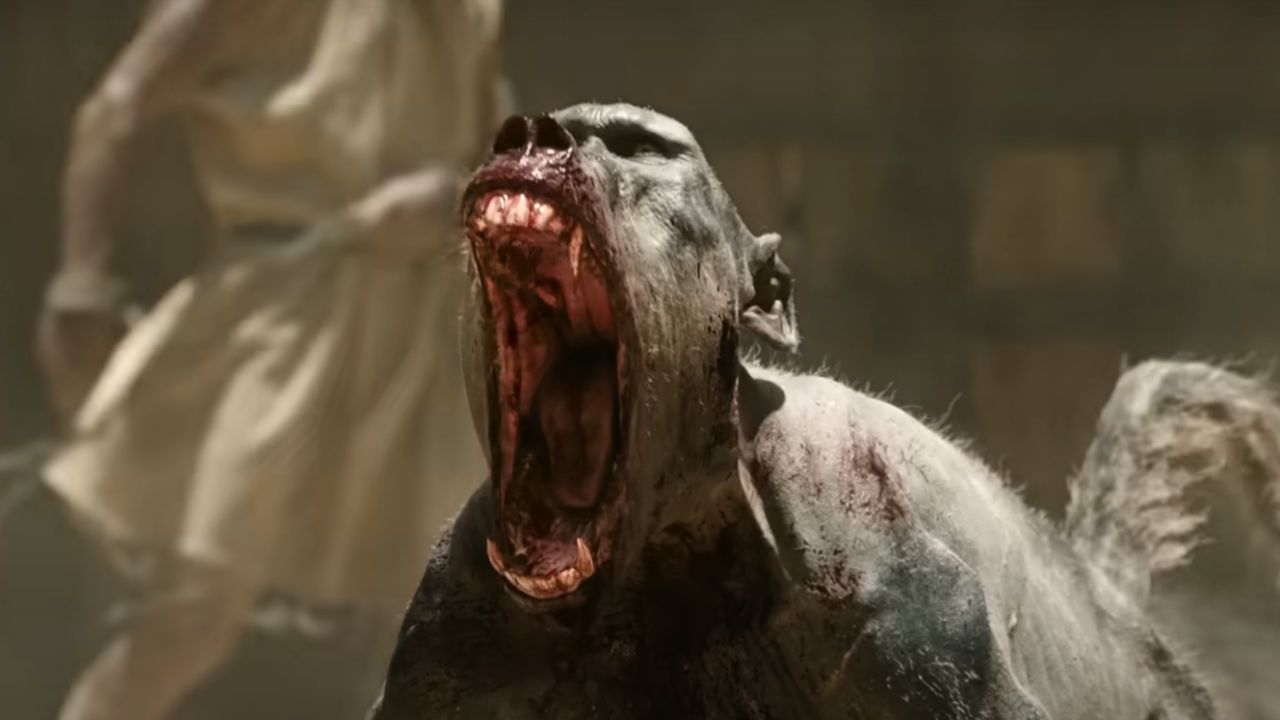Fans were promised a spectacle of the ancient Roman way of life in Gladiator II, and they received it when the highly anticipated sequel to the 2000 historical epic hit theaters on November 15. The Paul Mescal, Pedro Pascal, and Denzel Washington-starring flick, directed by Ridley Scott, however, is being denounced for taking more creative liberties than required by Shadi Bartsch, the University of Chicago’s Helen A. Regenstein Distinguished Service Professor of Classics.
In a recent interview with People Magazine, Bartsch expressed her astonishment over the film showing Romans using sharks and rhinos in the Colosseum for recreation, saying, “It’s fun, but preposterous.”
“That first scene in the trailer, when the rhinoceros comes stomping in, and there’s somebody riding him, and he’s bigger than life? I couldn’t decide whether to chuckle or shriek,” Bartsch told the outlet, adding that while she understands “Hollywood wants everything to be bigger and bolder,” in this scene, the Gladiator II makers took it a bit too far.
She went on to add that some of the wild elements in the film were definitely based on research and history. For example, Romans did bring all sorts of exotic animals into the amphitheaters, most of the time for the pleasure of watching them be killed, and sometimes to symbolize the might and the reach of the Roman Empire. “Animals from Asia and Africa really came to represent the way Romans had completely mastered everything around them,” Bartsch explained.
Which animals were on the list, you ask? Well, anything exotic like elephants, big cats, ostriches, and more made the cut. And though Romans, per her, never used the one-horned Asian variety of rhinoceroses as shown in the film, they definitely favored the two-horned African rhinos depicted in the movie. About a scene depicting a rhino’s head being offered at a buffet in the film, Bartsch said it’s unlikely to be accurate, as records don’t mention nobles eating such creatures.
“Evidence suggests that the dead animals were cut up and given to the spectators to take home and eat. But there was no giving away a whole rhino to a nobleman so that he could feast,” Bartsch unpacked.
The hairless baboons that appear in Gladiator II are also not historically accurate, as Bartsch says there is no record of baboons in fights, and apes in general were rare in ancient Rome.

Speaking on the film’s most glaring battle scene, which takes place in shark-infested waters, Bartsch explained that there were never any sharks in the arena, partly because transporting sea creatures would have been a logistical hassle.
Gladiator II is playing in theaters now.
ALSO READ: Ridley Scott Responds To Denzel Washitong’s Gladiator 2 Same-Sex Kiss Scene That ‘Never’ Happened
